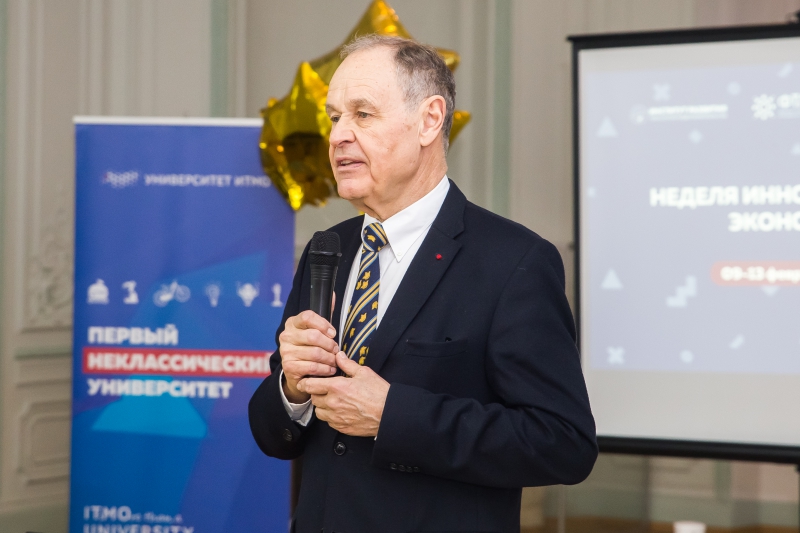On education
It’s impossible to say what exactly you have to do to become a Nobel Laureate; but most importantly, you have to write, discover or create something that has never been done before. Many insights can be found in the biographies of previous Nobel Laureate.
Education plays a key role: Herbert A. Simon, who won the Nobel Prize “for his pioneering research into the decision-making process within economic organizations”, once did some interesting research on this topic. After analyzing a large sample group of subjects, he came to the conclusion that, in order to make a major discovery or breakthrough, one would need to become thoroughly acquainted with the subject, which takes eight to ten years. As an example, Simon cited Mozart, who started to play and write music at the age of five but only began to produce remarkable results at the age of fourteen, when he mastered all of the instruments in his field.
On mentorship
An important subject in many laureates’ lives were the teachers who inspired and supported them. One such figure was the chemist Nikolai Zimin, who not only taught chemistry to Alfred Nobel but also provided Nobel with important connections in the world. In fact, Nobel had learned about nitroglycerin through the scientific community which Zimin had introduced him to years earlier.
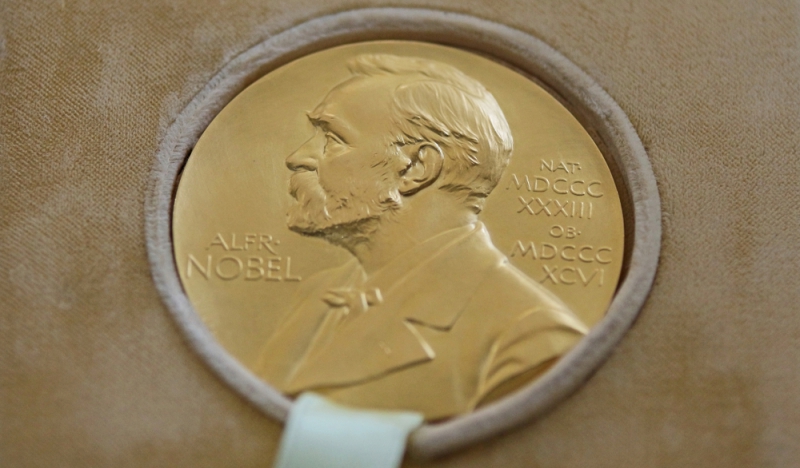
On state support
It’s hard to downplay the importance of resources, and the countries that invest in science will receive more rewards, which is evident in the number of Nobel Laureates. Before 1933, Germany was a dominant scientific power, but Adolf Hitler’s policies had forced a significant part of its scientific community, which was largely composed of Jewish scientists, out of the country. Many of them had ended up in the USA and made a contribution to American science; after World War II, the USA had become one of the world’s strongest countries in terms of scientific capability. These days we’re seeing a lot of scientific growth in China and Japan.
On mental and geographic mobility
Scientists have to be flexible in regards to geography and scientific subjects alike. As for the former, consider the example of Alfred Nobel, who learned a lot in his travels to the USA and France. As for the latter, I refer to the ability to shift your focus from one discipline to an adjacent one. Georg von Békésy, an American researcher and Nobel Laureate, wanted to go into psychology but ended up studying the human brain from another perspective, that of physiology. In the end, he won the Nobel Prize in Medicine for his research into the mechanism of hearing.
On perseverance and patience
Perseverance and patience have great value for a scientist. Take the example of the Nobel Laureate Barbara McClintock. For a long time, her theories were derided and criticized, which led her to stop publishing her research. Even when other Nobel Laureates attempted to convince her of the futility of her work, she ignored them and kept on. In the end, the scientific community rediscovered her work and recognized its value.
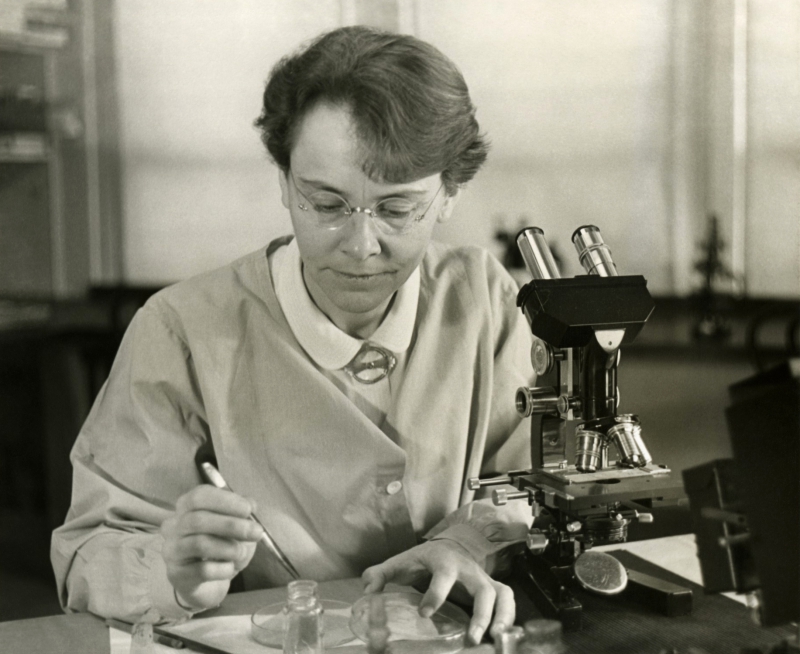
In 1983 McClintock was awarded the Nobel Prize in Physiology or Medicine for the discovery of genetic transposition. Barbara McClintock developed a method of visualizing the chromosomes of maize cells and, using microscopic analysis, made a number of fundamental discoveries in cytogenetics, including that of the recombination of genetic traits via chromosomal crossover during meiosis.
On the importance of being open-minded
Open-mindedness is yet another crucial trait for any scientist. Nobel Laureate Melvin Schwartz had said that his favorite place to be was his first university, where professors would sometimes be unable to answer a question that was too complex even for them, and instead offer the students to put forth their own answer. Ironically, it was the lack of open-mindedness that had once backfired on Schwartz when he rejected two young men who presented him with a vague project proposal that Schwartz saw as having no practical application. The two students were Steve Jobs and Steve Wozniak, and their project was a computer company called Apple.
On chance
Many things are, of course, still left to chance. Many discoveries are made on accident, such as, famously, Christopher Columbus’s discovery of America. Another example is Alexander Fleming’s discovery of penicillin.
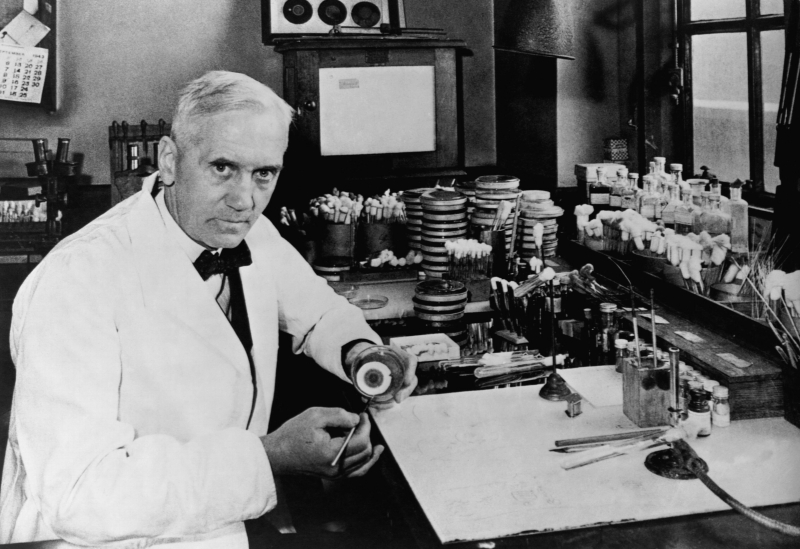
In 1928, Alexander Fleming was carrying out an experiment as part of a several-year study on staphylococci. As he was growing colonies of bacteria, he found that some of his dishes had been taken over by the Penicillium mold, the same fungus that turns stale bread green. Around each spot of mold, Fleming noticed an absence of bacteria, coming to the conclusion that the mold produced a substance that killed off the bacteria. He eventually identified the molecule currently known as penicillin, the world’s first modern antibiotic.
On the maturity of heart and mind
No discoveries are made by undeveloped minds. Those who spend much time thinking and contemplating are better prepared to handle new, and sometimes shocking, information.
On Nobel Laureates and the representation of women
Who are these people, these Nobel Laureates? They’re all different, just like us. Some are focused strictly on their subject area, some are unsociable, some are talkative, egocentric, generous; there are all kinds of people. Many people today note that, throughout history, there have been very few women among the laureates. This is a reflection of women’s social conditions in those times, and these days more and more women are recognized by the academic community at its highest levels.
Facts from the history of the Nobel Prize
Michael Sohlman’s grandfather, Ragnar Sohlman, was Alfred Nobel’s assistant and press secretary. After Nobel’s death, the fate of the prize he had established in his will was unclear, troubled by the vague legal details of his requests, which were only resolved after prolonged debate. It was Ragnar Sohlman’s contribution that played a major role in the success of Nobel’s initiative. Thanks to his support and lobbying, courts and institutions had recognized the will’s legal power. As per Nobel’s will, Ragnar Sohlman was charged with bringing the late scientist’s plan to life and served as the first Executive Director of the Nobel Foundation. His grandson Michael Sohlman continued his work in 1992.

Scientists can’t nominate themselves for a Nobel Prize; instead, their names are put forth by a mandated number of professors, with new groups of scientists in many fields of science being brought into the fold. In Physics, for instance, the professors of 15 to 20 universities can suggest candidates; each year, the committees receive the names of 200 to 400 candidates, all kept in secret.
Several factors make the Nobel Prize unique. As the first international award, it was seen as the Olympics of intelligence. Another aspect is its historical significance and the great names that have been involved with the Prize, such as that of Albert Einstein. The Nobel Foundation also prides itself on the quality and depth of work made by its committees.
Alfred Nobel had requested in his will that all his capital be invested in securities. Due to a misunderstanding, it was instead invested in bonds. After World War I, the waves of inflation had caused the Nobel capital to devalue. At the same time, the Nobel Foundation is the largest taxpayer in Stockholm.
In 1935, the Nobel committee awarded the Peace Prize to Carl von Ossietzky, a German journalist who had exposed Nazi Germany’s clandestine re-armament efforts. At the time, Ossietzky had already been detained for two years at the Esterwegen concentration camp. After this, a government decree forbade German citizens from accepting future Nobel Prizes.
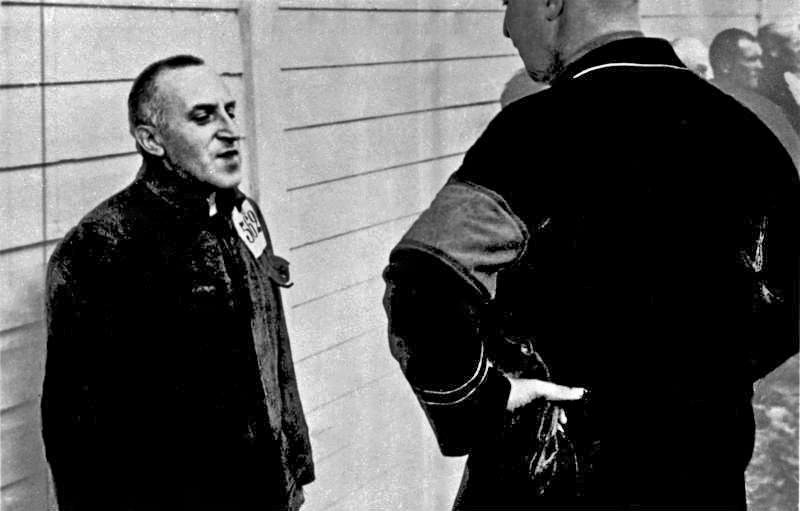
The Nobel Foundation’s experts do receive a salary, but a fairly insignificant one. The key motivation to take part in the Foundation’s work is its prestige and honor.
There are only a few Russians represented among the list of Nobel Laureates, and there are several reasons for that, first being the USSR’s isolation from the outside world in the period between the 1920s to 1950s when Soviet scientists were discouraged from communicating with their colleagues abroad. In fact, Russian candidates’ names were almost always proposed by nationals of other countries.
The matters of gender have no effect on the Nobel committee’s decisions, which evaluate a scientist’s significance according to their contribution to the development of their field. In 2008, the Prize in Medicine went to Françoise Barré-Sinoussi (along with Luc Montagnier and Harald zur Hausen) for the identification of human immunodeficiency virus (HIV). Even though Montagnier had been the head of Barré-Sinoussi’s research group, the Nobel committee had decided that the Prize would go to her as the one whose contributions played the most important role in the discovery.
